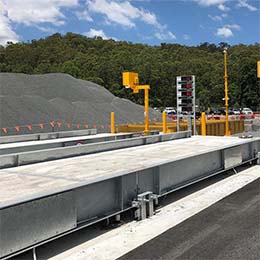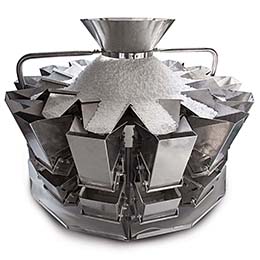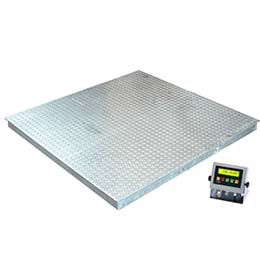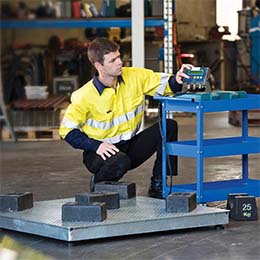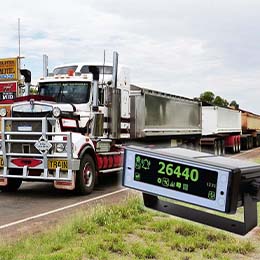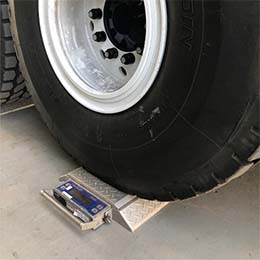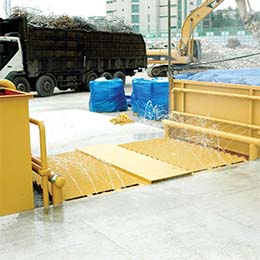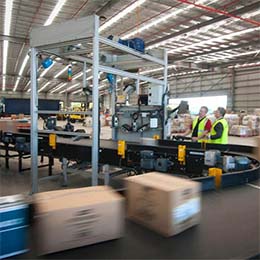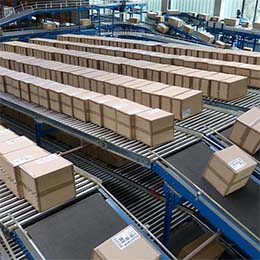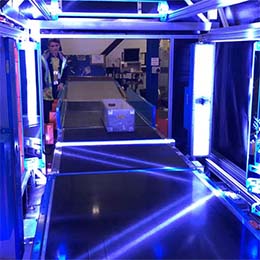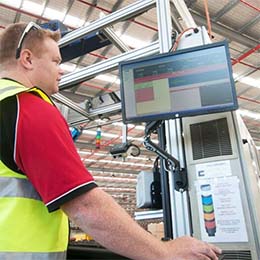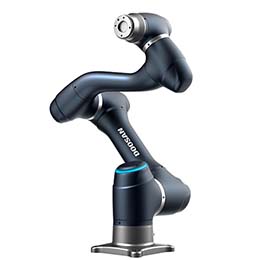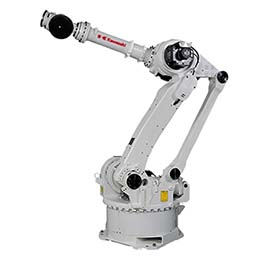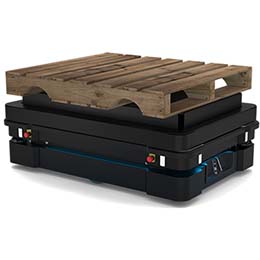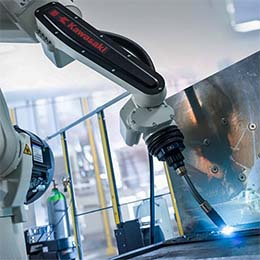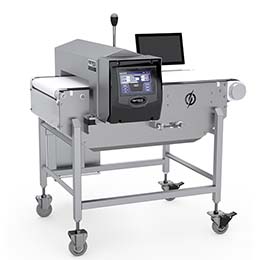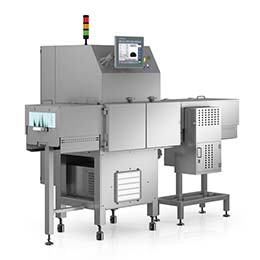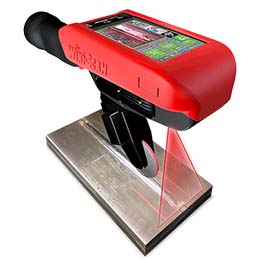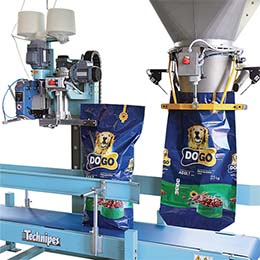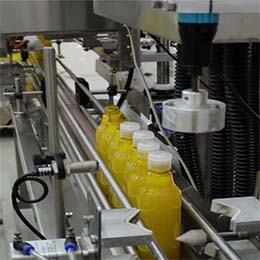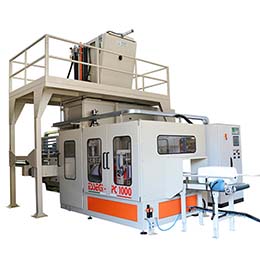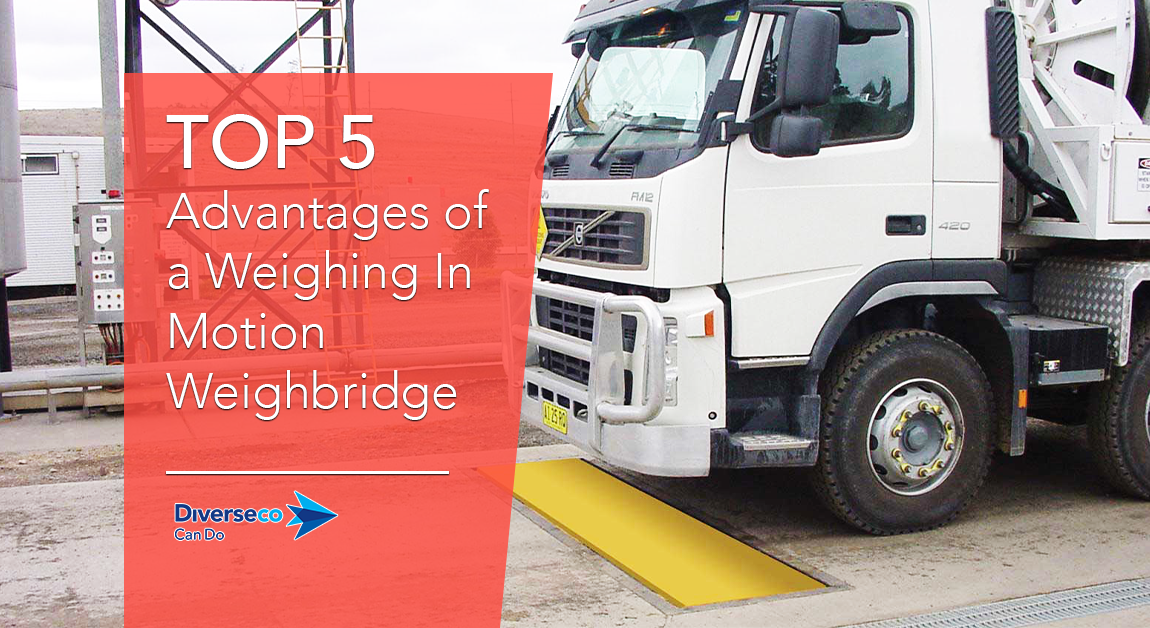Weigh-in-motion systems don’t require vehicles to stop when they need weighing, they simply continue to drive at a reduced speed and the measurements are taken and the data recorded – instantly and accurately.
These weighing in motion weighbridges have become a first-choice weighing solution for many industries including transport, waste, forestry, agriculture, demolition and excavation, port operations, construction and mining.
Their popularity has come about through the significant advantages that they have over the more traditional weighing methods – and whilst there are still situations where static weighbridges or axle scales are more appropriate, automatic systems are clear front-runners when it comes to efficiencies, flexibility and value.
If your operation requires vehicle weighing for any reason, you may want to consider these top 5 advantages of a weigh-in-motion system.
- Improved productivity
Because vehicles don’t have to stop to be weighed and can simply carry on driving whilst their weight is checked in nanoseconds, the whole process is much more efficient. There are no unnecessary delays, the drivers don’t waste time stopping and starting and greater numbers of vehicles can be weighed each day. They’re ideal for use in congested sites such as in a freight terminal, where speed and efficiencies are vital in order to prevent queues and delays and to keep the operation running smoothly.
- Instant identification of overloaded vehicles
Overloading of vehicles is a serious issue and can be costly on a number of different levels. Operators may receive financial penalties, vehicles will incur premature and unnecessary wear and tear, fuel costs will increase and the overloaded vehicles will damage the roadways. A weighing in motion weighbridge is an effective protection against infringements, and enables vehicles with overloaded axles to be instantly identified before they go on to public roads.
- Improve efficiencies
Weighing in motion weighbridges allow a fully unattended weighing operation, which is an obvious boost to productivity. They also mean that operator errors are avoided, thereby further improving efficiencies. And in as much as they prevent overloading of vehicles, they’re also extremely useful for preventing under-loading, which means operators can organise their payloads to maximise outputs and efficiencies.
- Comprehensive reporting and full integration
WIM weighbridges can be fully integrated with other peripheral equipment such as control barriers, traffic lights, CCTV cameras, traffic management signs and so on in order to improve site safety and meet the demands of the most challenging applications. Data is captured and recorded automatically and it’s possible to store it for future retrieval. Data can also be interfaced with other computers, LAN or the internet to provide fleet operators with comprehensive management data e.g. analysis by product or supplier, vehicle statistics and productivity etc.
- Cost-effective
Because there are minimal installation costs (a weighing in motion weighbridge generally only requires a very shallow pit), it is a more cost-effective option. They’re also affordable to maintain and generally have very low power requirements, thereby enabling further savings.
Clearly, these robust yet precision weighing systems offer numerous advantages to plant operators and fleet managers and have become essential assets on numerous different sites across a diversity of industries in Australia.
If a weigh-in-motion system sounds like the right option for your business, contact the HGV weighing experts at Diverseco. We look forward to talking with you!

